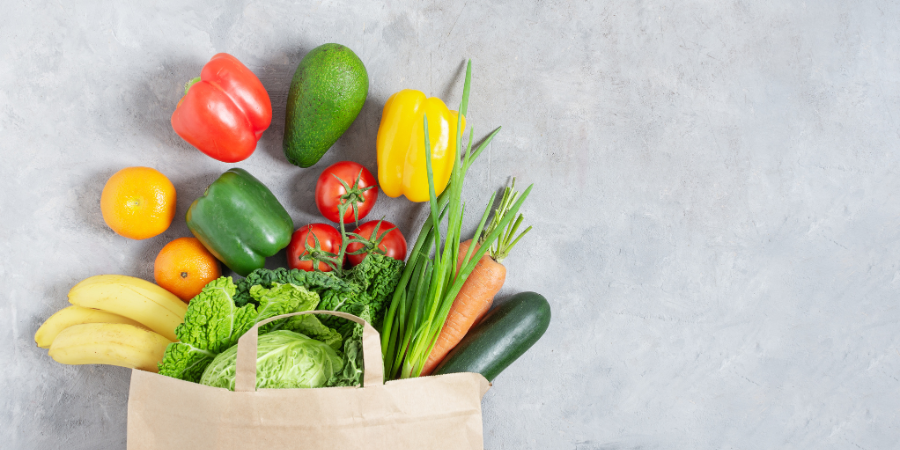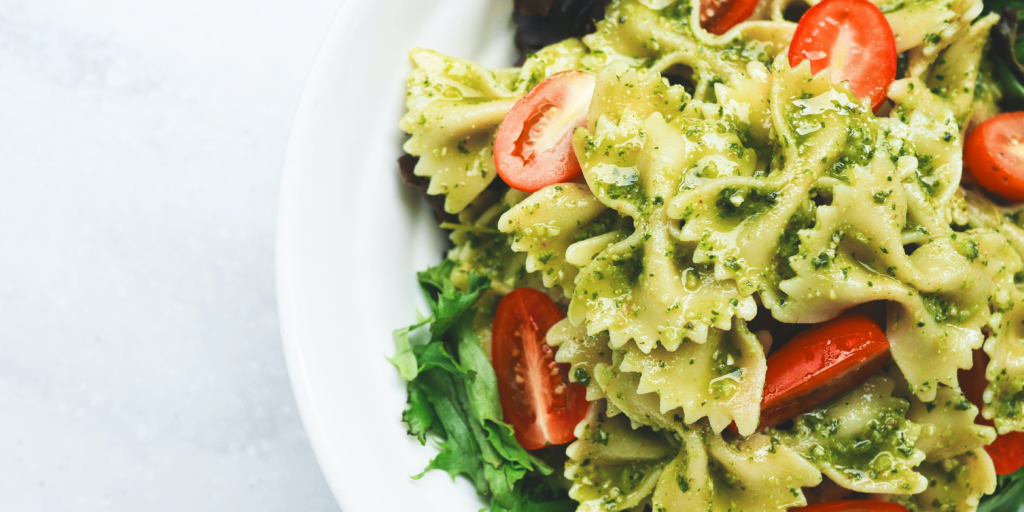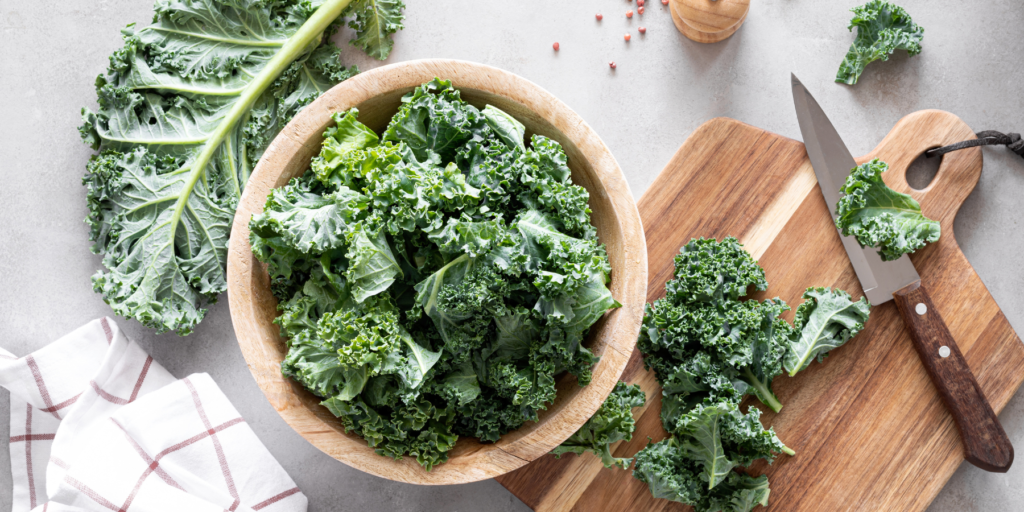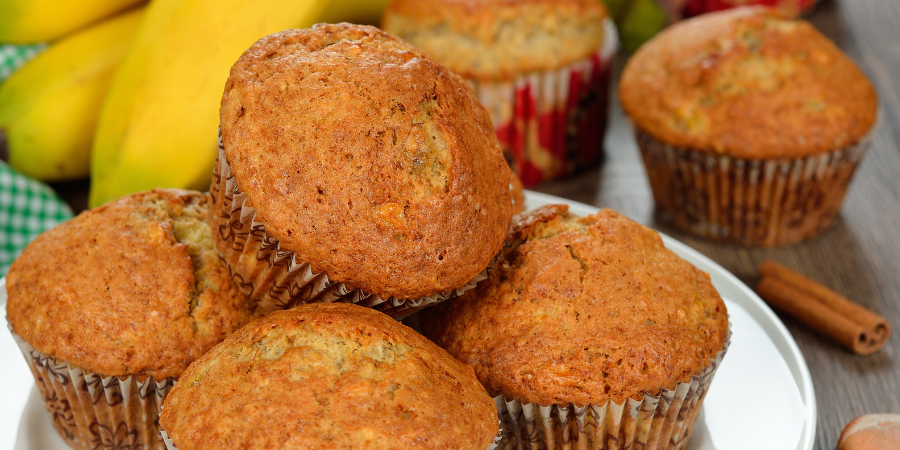Confidence in the kitchen is not just about mastering recipes. Becoming a confident home cook is also about understanding a few basic elements.
In this guide, you’ll learn the core principles of healthy eating so that you can become a confident home cook. And don’t worry. You’ll also learn to make food that is both nutritious and delicious!
By exploring the videos on understanding MyPlate, decoding nutrition labels, and navigating the grocery store, we’re laying the foundation for a useful – and tasty – culinary journey.
Understanding MyPlate
Before we can create culinary masterpieces, we need to understand the canvas on which we’ll be painting. MyPlate serves as our guide, helping us visualize the balance of fruits, vegetables, grains, protein, and dairy in every meal. By grasping the concept of MyPlate, we gain insight into the essential components of a well-rounded diet, setting the stage for culinary creativity and confidence.
Tips and Tricks:
- Think of MyPlate as your blueprint for balanced eating. Use it as a tool to plan meals to incorporate a variety of nutrients and flavors.
- Be flexible. Don’t be afraid to adjust the size of each section on your plate. MyPlate can be flexible to fit your dietary needs.
- Use MyPlate to plan snacks and desserts, too! Every bite you take can contribute to your overall health and satisfaction.
- Minimize prep time. For individuals with mobility challenges, consider pre-cut or pre-washed fruits and vegetables to minimize prep time and effort in the kitchen.
- Adapt it for your needs. Those with visual impairments can benefit from tactile markers or color-contrasted plates to mark different food groups on a plate.
- Experiment. Try different cooking methods such as slow cookers or instant pots. These require less hands-on attention and can accommodate dietary preferences and restrictions.
Decoding Nutrition Labels
Nutrition labels are like roadmaps. Like a map, they guide us through the nutritional landscape of foods. This can empower us to make an informed choice about what we put on our plates.
Become a better cook and gain confidence in your food selections by learning how to read a nutrition label!
Tips and Tricks:
- Read the serving size. See how many servings per container to ensure you can make enough portions and get enough of the nutrients your body needs.
- Use technology! Technology like smartphone apps or voice-activated devices can scan and interpret nutrition labels. This makes labels more accessible for individuals with visual impairments or other disabilities.
- Pay attention to the ingredients list! The shorter the ingredient list, the better! Choose foods with minimal additives and preservatives. Whole, unprocessed ingredients are always best!
- Look beyond the numbers. While the % Daily Value helps understand nutrient content, it’s just as important to consider the quality of those nutrients.
Navigating the Grocery Store with ease
Overwhelmed by choices and options at the store? Gain confidence in picking wholesome, flavorful ingredients by learning how to navigate the grocery store. You’ll become a better cook and eat healthy, delicious meals in no time! Nourish your body and soul with these simple tips.
Tips and Tricks:
- Plan ahead. Take a moment to map out your shopping list based on MyPlate principles. This makes sure you’ll have a balanced mix of fruits, vegetables, grains, protein and dairy.
- Explore the perimeter of the store first. This is where the fresh produce, lean proteins and dairy staples are usually found.
- Don’t be afraid to shop in the aisles – but be aware! Choose products that align with your dietary preferences and nutritional goals. Read the labels carefully and compare your options!
- Take advantage of grocery store services! They should have accessible carts, motorized scooters or even someone to help you shop.
- Plan your shopping trip when the store isn’t as busy. This will help you avoid crowds and reduce sensory overload for individuals with sensory processing sensitivities or anxiety.
- Advocate for accessible features! This includes wide aisles, low shelves and clear signage. Accessible features promote inclusivity and make the store easier to navigate for everyone!
Understanding MyPlate, nutrition labels and navigating the grocery store should give your confidence a boost! Use these tools to plan ahead, but remember: take it one meal at a time!
But why stop here? Want to learn even more to support your health goals?
Consider joining our MENTOR program – available only through NCHPAD Connect! NCHPAD Connect is free to join and costs only your time. All our programs and resources are available to you at no cost, as well!
MENTOR is an 8-week program that includes 1-hour nutrition classes filled with cooking demonstrations and even more nutrition expertise. Plus, you’ll have direct access to a registered dietitian, who can provide personalized guidance tailored to your health goals.
Take the next step towards preparing delicious food and improving your health – at the same time. Enroll in our MENTOR program today! Happy cooking!




